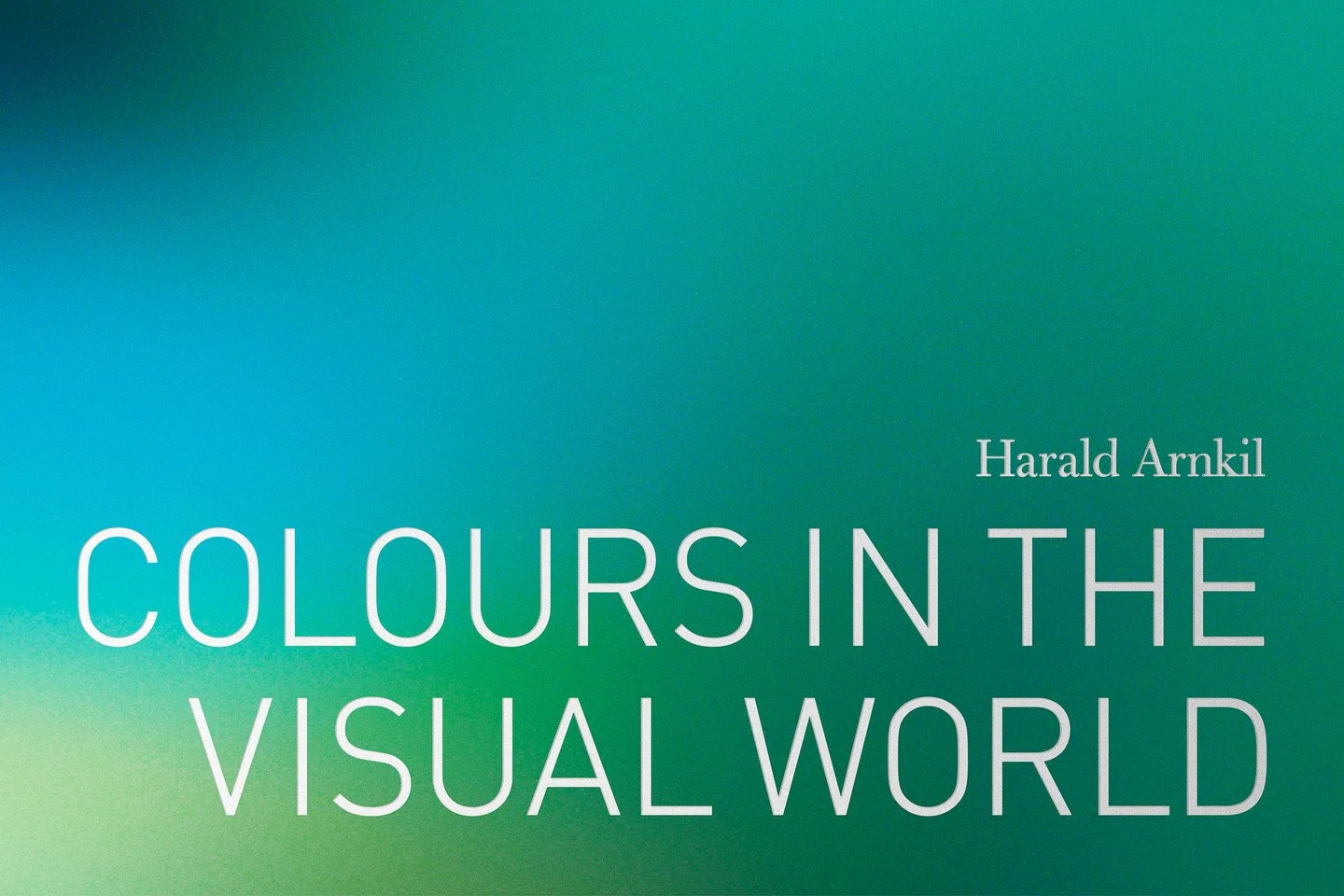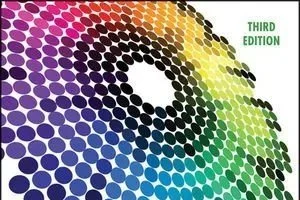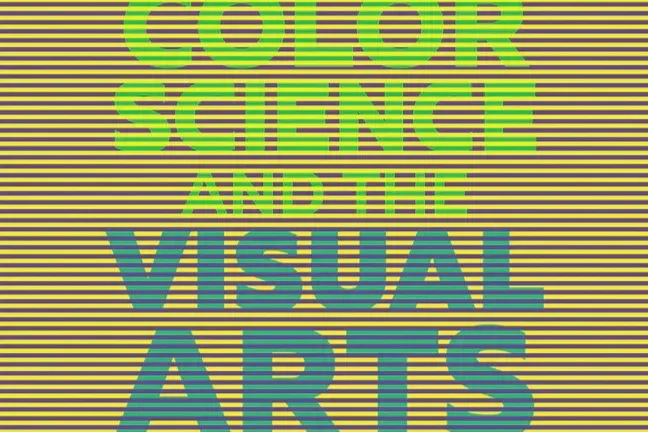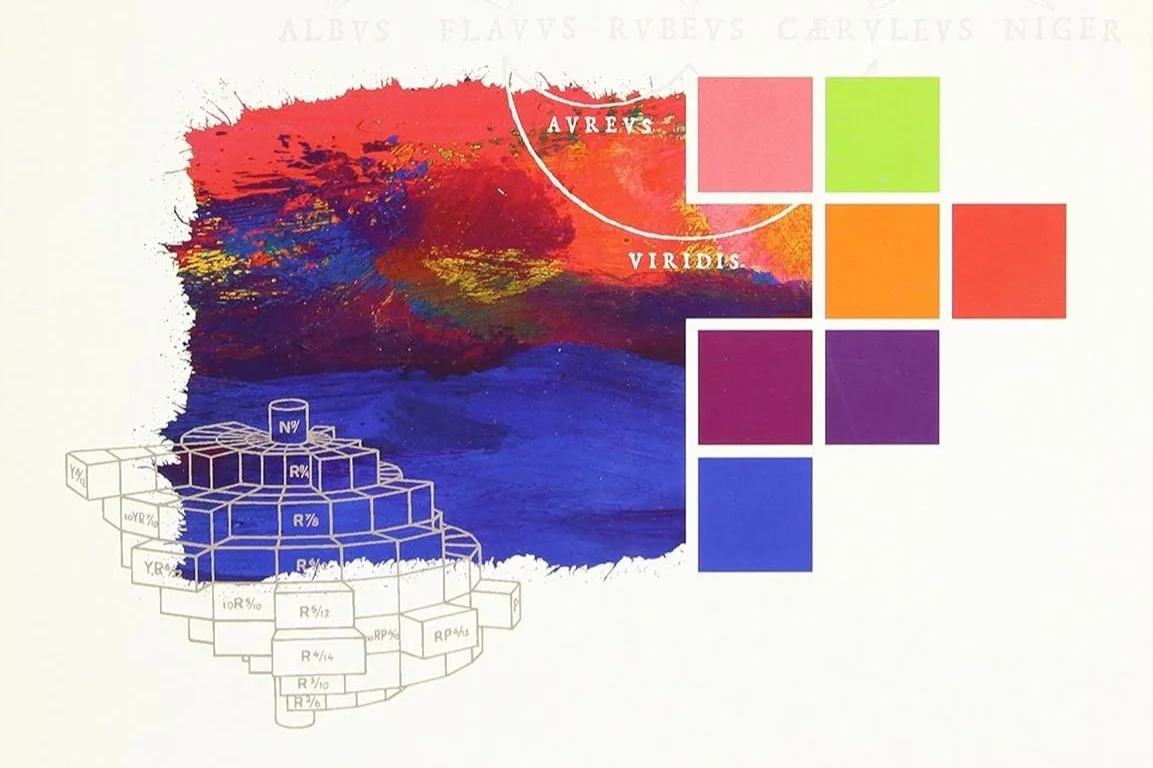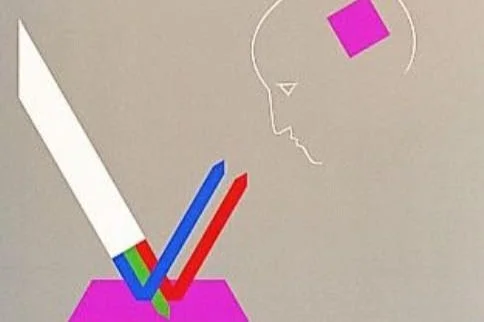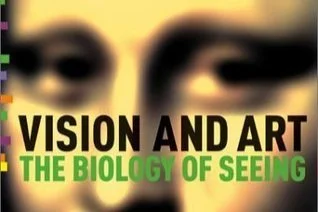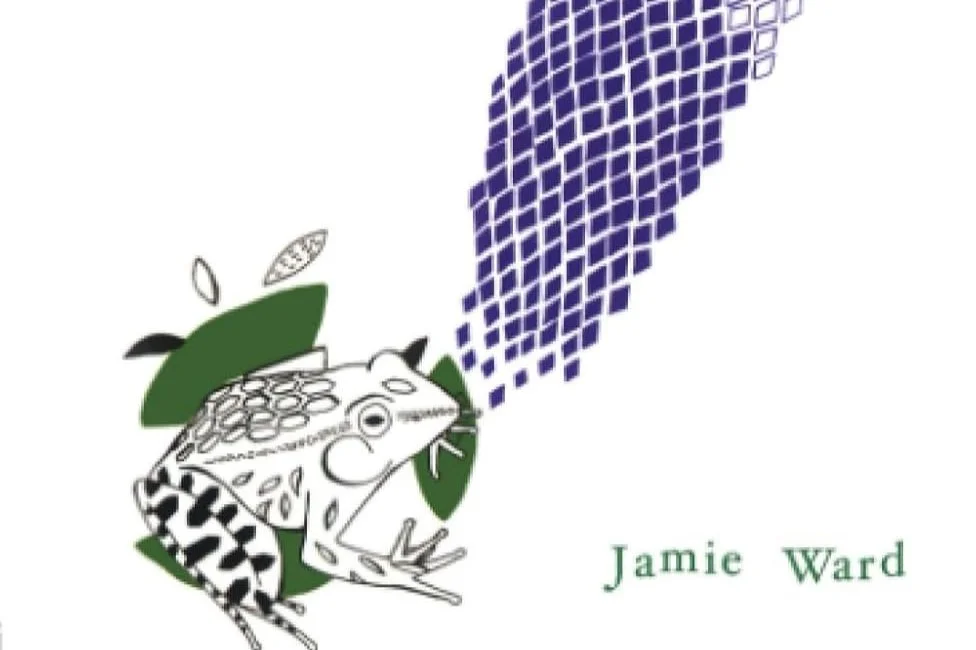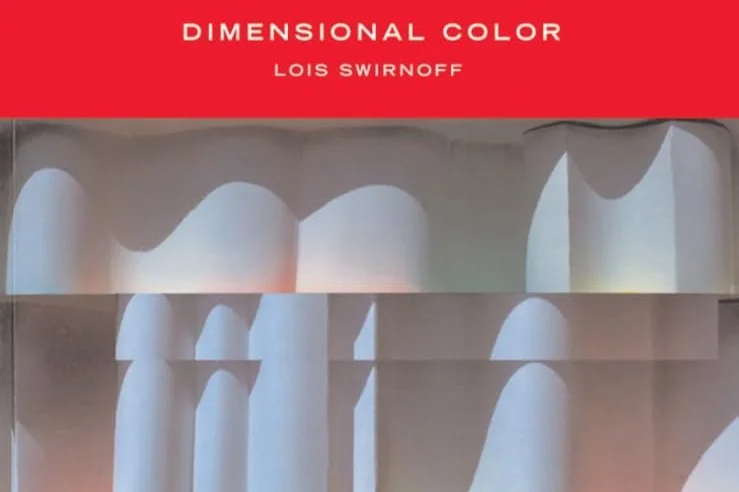Must reads
A short list of books for teachers of all levels, designed to expand your approach to teaching colour within the framework of the CLP. Ordered by topic and publication date.
General
Westland, S. & Maggio, M. 2023, Universal Principles of Color. Beverly, MA, USA: Rockport.
-
This is a very useful book for first reference on a very wide range of colour topics. Each of the 100 topics is introduced on a double page spread with basic information supported by excellent illustrations and photographs. Information is up to date and reliable. If a second edition is planned the book would be greatly improved with the addition of an annotated bibliography that would direct readers to more detailed information.
Arnkil, H. 2013. Colours in the Visual World. Helsinki, Finland: Aalto University.
-
This handbook for art, design and architecture students and teachers is a revised English-language edition of the Finnish-language book Värit havaintojen maailmassa, which was published for the first time in 2007. The emphasis is on contemporary theories of perception and their relation to the aesthetic and functional and application of colour in art, design and architecture. There are appendices on e.g. lighting, a glossary of colour and light terms and each chapter ends with a set of assignments. The 2021 e-book version has updates and is available at the Publisher’s website, Google play and Apple books.
Kuehni, R. 2012. Color - An Introduction to Practice and Principles (3rd edition). New York: John Wiley & Sons, Inc.
-
This book is an ideal introduction to the more scientific aspects of colour. Rolf Kuehni is widely regarded as one of the world’s leading authorities on the science of colour. In the preface he explains that his intention is “to provide a relatively simple but technically correct and up-to-date introduction to many aspects of color…. a contribution toward bridging the communication gap between technically and nontechnically oriented people.” The book is well illustrated.
Interdisciplinary
Berns, R. 2016. Color Science and the Visual Arts: A Guide for Conservators, Curators, and the Curious. Los Angeles, CA: Getty Conservation Institute.
-
The seven chapters in the book fall naturally into two sections: fundamentals, covering topics such as spectral measurements, metamerism, and color inconstancy; and applications, where artwork display, painting materials, and color reproduction are discussed. A unique feature of this book is the use of more than 200 images as its main medium of communication, employing color physics, color vision, and imaging science to produce visualizations throughout the pages. An annotated bibliography complements the main text with suggestions for further reading and more in-depth study of particular topics.
Arnkil, H. ed. 2012. Colour and Light - Concepts and confusions. Helsinki, Finland: Aalto University.
-
The aim of this publication is to clarify conflicting use of concepts around colour and light, and to suggest possible ways of improving interdisciplinary understanding in the area.
Available only as PDF, downloadable free at https://shop.aalto.fi/p/175-colour-and-light/
Kuehni, R.G. & Schwarz, A. 2008. Color Ordered: A Survey of Color Order Systems from Antiquity to the Present. New York, NY: Oxford University Press USA.
-
A very thorough and beautifully laid-out compendium for just about every colour order system ever created. The writers are top authorities of the subject. Single chapters may be accessed from the publisher’s website.
Sciences
Zwimpfer, M. 1997. Color: Light, Sight, Sense. West Chester, Pennsylvania: Schiffer Publishing Ltd.
-
For someone who teaches colour (at whatever level) this book is an excellent introduction to the subject. Loaded with clear illustrations which are accompanied by easily understandable text. Amazingly still in print. A classic introduction to colour.
Livingstone, M. 2014. Vision and Art: the biology of seeing (Expanded edition). New York, NY: Harry N. Abrams, Inc.
Ward, J. 2008. The Frog Who Croaked Blue: Synesthesia and the Mixing of the Senses. UK: Routledge.
-
Margaret Livingstone is a Professor of Neurobiology at Harvard Medical School. In this fascinating book, she provides a bridge between science and art. She presents a concise account of the mechanisms of vision and shows how this can explain some striking effects achieved by artists. The book is superbly illustrated with clear explanations. It will appeal to the general reader as well as to students of physiology and art.
-
Synesthesia is a fascinating phenomenon, where some people can hear colour, taste words or have numbers surround their bodies. Jamie Ward is one of the world’s experts on synesthesia, and in this highly accessible book, he chronicles many synesthetes’ experiences and presents a jargon-free discussion of the science behind synesthesia. A good read.
Arts & Culture
Gurney, J. 2010. Color and Light. Kansas City, MO: Andrews McMeel Publishing. (Printed in China.)
-
A researched study on two of art's most fundamental themes, Color and Light bridges the gap between abstract theory and practical knowledge. Beginning with a survey of underappreciated masters who perfected the use of color and light, the book examines how light reveals form, the properties of color and pigments, and the wide variety of atmospheric effects. Gurney cuts though the confusing and contradictory dogma about color, testing it in the light of science and observation. A glossary, pigment index, and bibliography complete what will ultimately become an indispensable tool for any artist.
Swirnoff, L. 2003. Dimensional Color. New York. NY: W. W. Norton & Co.
-
Lois Swirnoff was one Josef Albers’s favourite pupils and an important art and colour pedagogue in major American art schools and universities. Dimensional colour is an extension into three dimensions of the Albersian approach. The exercises could form the basis of a colour curriculum. But that is not why the book is included in the list. The book is inspirational in that it shows what a rigorous program of visual research can look like.
Batchelor, D. 2000. Chromophobia. London: Reaktion Press.
-
Highlights the fear of color in history and sheds light on the variety of ways we, as humans, instill meaning to colour. A thought-provoking look at how our relationship to color is connected to culture, time, and individual prejudice.


